
SEO for Travel Industry: How to Outrank The Competition
Businesses in the tourism sector benefit greatly from a well-executed digital marketing strategy that boosts visibility, attracts the right travellers, and drives more bookings. With millions of international tourist arrivals worldwide, implementing Search Engine Optimization (SEO) for travel industry helps position your brand where it matters most on search results.
By optimizing your website and content, you make it easier for potential customers to find your services when they’re actively exploring for travel options. Whether you’re a travel agency, tour operator, or destination marketer, SEO for travel supports stronger online presence and greater market reach.
Source: Statista.
Why Does SEO Matter for Travel Agencies?
Travelers want instant access to accurate travel information and services to plan their next journey. With many travel businesses competing for attention, SEO for tourism helps your content stand out for both search engines and potential customers.
Ranking through SEO often involves fewer costs than traditional marketing while delivering steady, high-intent traffic. For the travel and tourism sector, it’s an essential way to guide both search engine bots and human visitors to helpful content.
Effective SEO for travel agency websites can influence booking decisions. Once visitors land on your pages, your content should continue supporting them throughout their planning process. After all, well-structured, informative pages can build trust and increase conversions.
Here are some key content elements that help optimize visibility and enhance user experience:
- Travel destinations;
- Local regulations and policies;
- Airplane or hotel rates;
- Travel budgets and fees;
- Travel packages and itineraries;
- Establishment reviews, etc.
Advantages of SEO in Travel and Tourism
SEO for travel and tourism can feel overwhelming, but its impact is far-reaching. It requires relevant keywords with strong search volume that also stand out from your competition.
Furthermore, you wait an unspecified amount of time, usually 3-6 months, to see if your SEO strategy bears fruit.
Source: Ahrefs
Increases Traffic and Generates Leads
Optimizing your content with the ideal long-tail keywords helps you reach high-intent, niche audiences more effectively. When your content aligns with search intent, travelers can easily find your business. For instance, if you offer Asia tours, focus on destination-specific terms rather than targeting broader or unrelated regions.
SEO takes time, and rankings don’t happen overnight. But once you land top positions, consistent use of White Hat strategies and relevant, high-value content can help you stay there—even as algorithms evolve.
Requires Fewer Resources than Other Marketing Methods
Compared to traditional advertising, SEO is a more cost-effective way to build visibility. While paid marketing offers short-term boosts, its reach is often limited by geography and budget.
SEO, on the other hand, helps your travel business reach a global audience through targeted keyword strategies. By focusing on niche, long-tail keywords, you avoid competitive bidding, reducing your overall PPC (Pay-Per-Click) spend.
Although it takes time to build momentum, consistent content efforts lead to higher rankings and lasting visibility.
Uses Social Media for Broader Reach
Your travel agency or service may have a website, but having social media accounts further increases your reach. Facebook, X, and Instagram are excellent choices for travel and tourism agencies.
Showing off images of hot destinations can attract clients. You can also share information on packages, travel advice, and updates through captions and posts.
Meanwhile, YouTube videos, such as vlogs, give potential customers a preview of what to expect, boosting trust and interest.
Content on social media can go viral, giving your brand a significant visibility boost and reinforcing your broader digital marketing goals.
Strategies to Outrank the Competition in the Tourism Industry
Succeeding in travel SEO requires more than just targeting high-volume keywords. It’s about delivering value, aligning with search intent, and staying ahead of evolving algorithms. These strategies will help your travel brand gain visibility, attract quality leads, and outperform competitors.
1. Analyze Competitors to Identify Gaps.
Use SEO tools to examine what your competitors rank for and uncover keyword opportunities they miss. Focus on long-tail, less competitive keywords like “affordable wine tours in Tuscany” to carve out your niche. Analyze their top-performing content and backlink sources to find content angles you can improve or localize.
2. Use Your Keywords to Maximum Effect.
Strategically place relevant keywords across your titles, headers, body copy, and metadata. But more importantly, match them to user search intent—whether informational, navigational, or transactional. This increases your visibility in high-converting queries and helps users find exactly what they need.
3. Prioritize E-E-A-T Principle in Content Creation.
Google rewards content that demonstrates Experience, Expertise, Authoritativeness, and Trustworthiness. Showcase testimonials, case studies, and original travel tips. Adding author bios or credentials helps build trust and positions your content as reliable.
4. Optimize On-Page SEO Elements for Content.
Optimize each page’s technical and content structure:
- Title Tags. Add your target keyword to your concise yet compelling title.
- Meta Descriptions. Write persuasive meta descriptions that are 150 to 160 characters long.
- Headers. Structure content using headings (H1, H2, H3, and H4) and naturally incorporate your keywords into them.
- Content. Tourism industry businesses online must create valuable, engaging content that satisfies user intent.
- Images. Follow image optimization strategies and create descriptive and keyword-optimized file names and alt tags.
- URL Structure. Create clear and straightforward keyword-optimized URLs, using hyphens to separate words.
5. Strengthen Internal and External Links.
Link related articles and services internally to guide user flow and keep visitors engaged. For external links, aim to get backlinks from trusted sources like tourism boards, travel blogs, or review sites. These improve your domain authority and increase referral traffic.
6. Enhance User Experience (UX).
User Experience or UX is crucial for Search Engine Optimization efforts, so design your site with travelers in mind.
Here’s how to ensure your travel and tourism website delivers a seamless User Experience:
- Create a website with an attractive design.
- Don’t overdo it with the visual elements — less is more.
- Avoid adding too many features, as it can slow down the site.
- Keep website load time at no more than 4 seconds.
7. Leverage Social Media SEO.
Promote your SEO-driven content on platforms like Instagram, Facebook, and Pinterest. Use targeted travel hashtags to expand reach. Incorporate visually compelling content and encourage user-generated posts to drive traffic back to your site.
8. Optimize Images with SEO in Mind.
Travel content relies heavily on visuals, so make them work for SEO. Use descriptive, keyword-rich alt text and file names. Compress images to maintain site speed without compromising quality, implement lazy loading where appropriate, and consider using image schema markup for better indexing.
9. Focus on Local SEO.
Location-Based SEO is another method for getting search engines to notice your travel and tourism business. Tourism deals with locations, and so does Local Search Engine Optimization.
Claim your Google Business Profile, use local keywords (e.g., “guided hikes in Colorado”), and upload images of your destination or team. Encourage satisfied customers to leave reviews, which boost local credibility and rankings.
10. Mobile-friendliness is Key.
According to Travelperk, 68% of travel-related searches happen on mobile devices. So, ensure your website loads quickly, displays correctly, and has a consistent user experience across all screens. Minimize intrusive pop-ups and ensure buttons and links are optimized for mobile interaction.
11. Be Patient but Persistent.
SEO is a long process that doesn’t happen overnight. Some experts might see changes in as little as two months. But, it ultimately depends on competing content and search engine-related factors.
Stay consistent with content updates, backlink building, and technical improvements.
12. Monitor and Analyze Website Performance.
Use tools like Google Analytics and Search Console to monitor key SEO metrics:
- Keyword rankings and organic impressions;
- Traffic trends and bounce rates;
- Click-through and conversion rates;
- User behavior on landing pages;
Regular analysis helps refine strategies and maximize ROI (Return on Investment).
13. Do Regular Content Updates.
Search engines reward updated content. Schedule quarterly content audits to refresh outdated posts, update travel regulations, or add new packages. Continual updates signal relevance to search engines and improve user trust.
Final Thoughts
Search Engine Optimization means optimizing a website to rank on a search results page. For travel and tourism providers, SEO is essential for reaching a wider, more relevant audience.
Implement these proven strategies to rank organically, positioning your business to compete effectively online.
Fortunately, you can collaborate with a reliable SEO services provider from the Philippines that can help increase your search rankings. We can help you bring local expertise and global standards to help you reach the top of travel-related search results.
Attract, engage, and convert with a tailored SEO strategy built for the travel and tourism industry today.
This blog was updated in June 20, 2025.
FAQs About SEO for Travel Industry
How long does it take to see SEO results for a travel website?
SEO is a long-term strategy. On average, you can typically expect to see noticeable improvements in 3–6 months, depending on competition, content quality, and your current online presence.
Can small or local travel businesses benefit from SEO?
Yes. Local SEO helps smaller travel companies appear in location-specific searches, attract nearby tourists, and compete with larger brands by focusing on niche offerings and unique experiences. Get in touch with our trusted experts in SEO services for a strategy call.
What kind of content should we create to improve SEO?
Focus on destination guides, travel itineraries, customer reviews, travel tips, seasonal promotions, and FAQ pages. This helps answer common queries and builds authority in your niche.

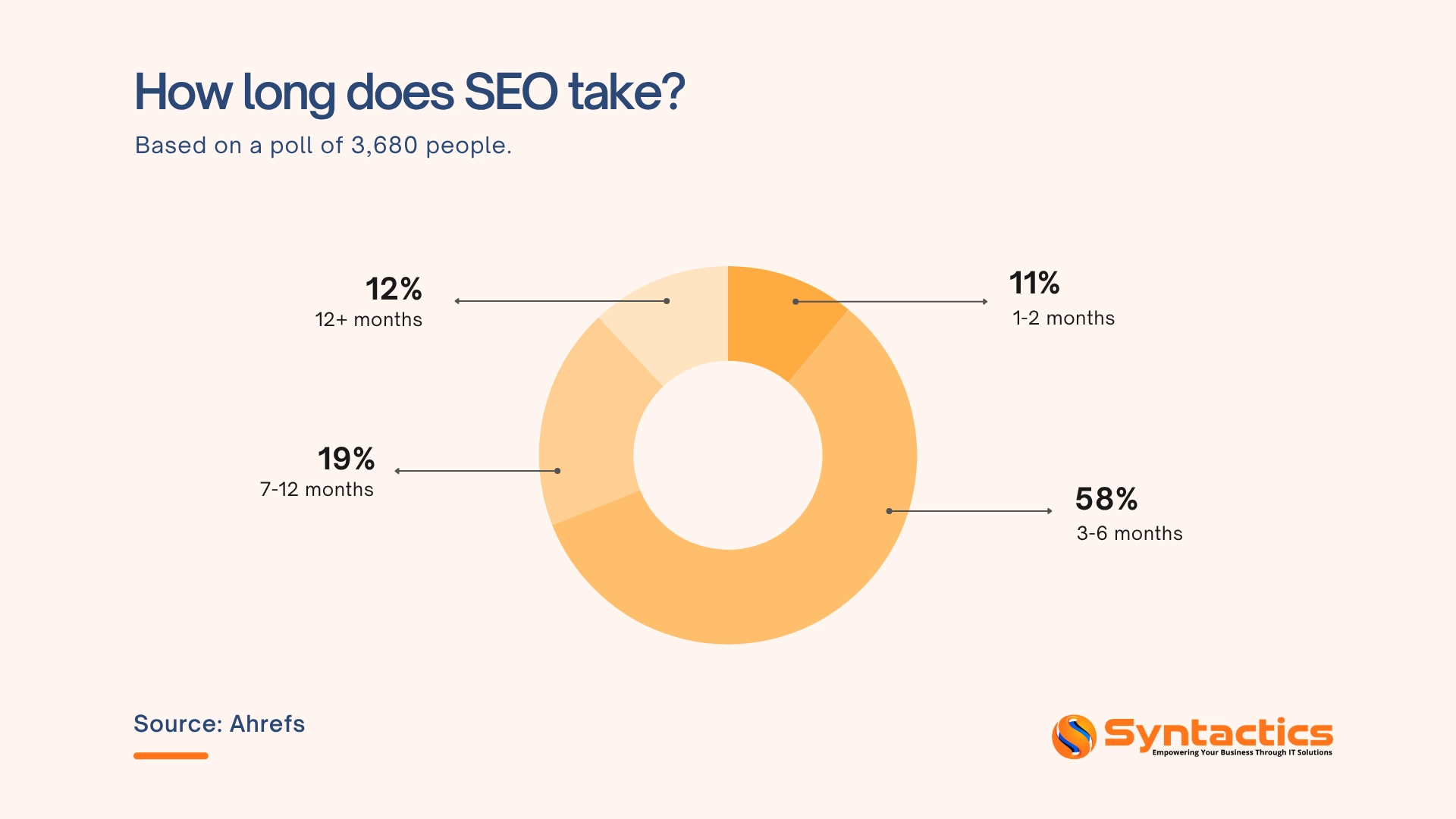
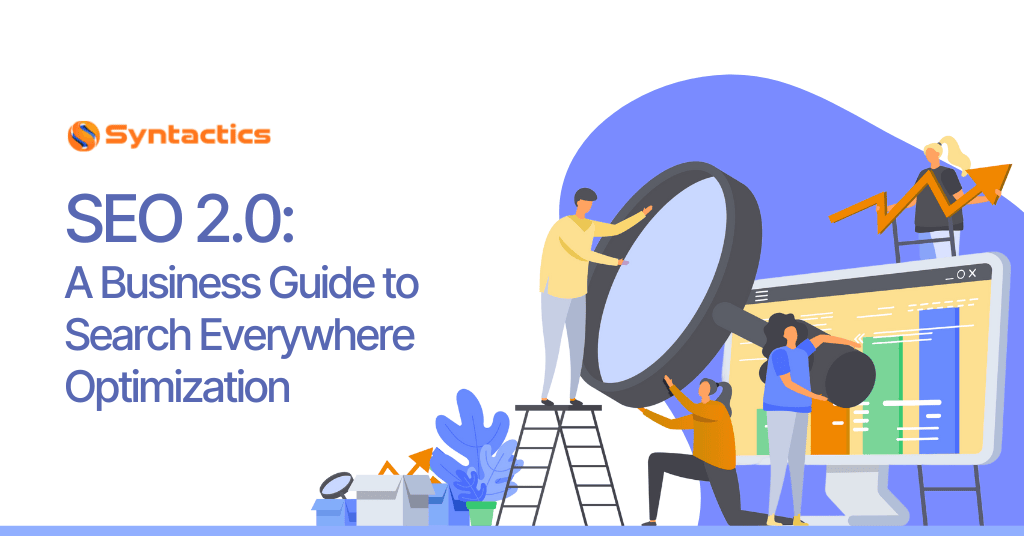

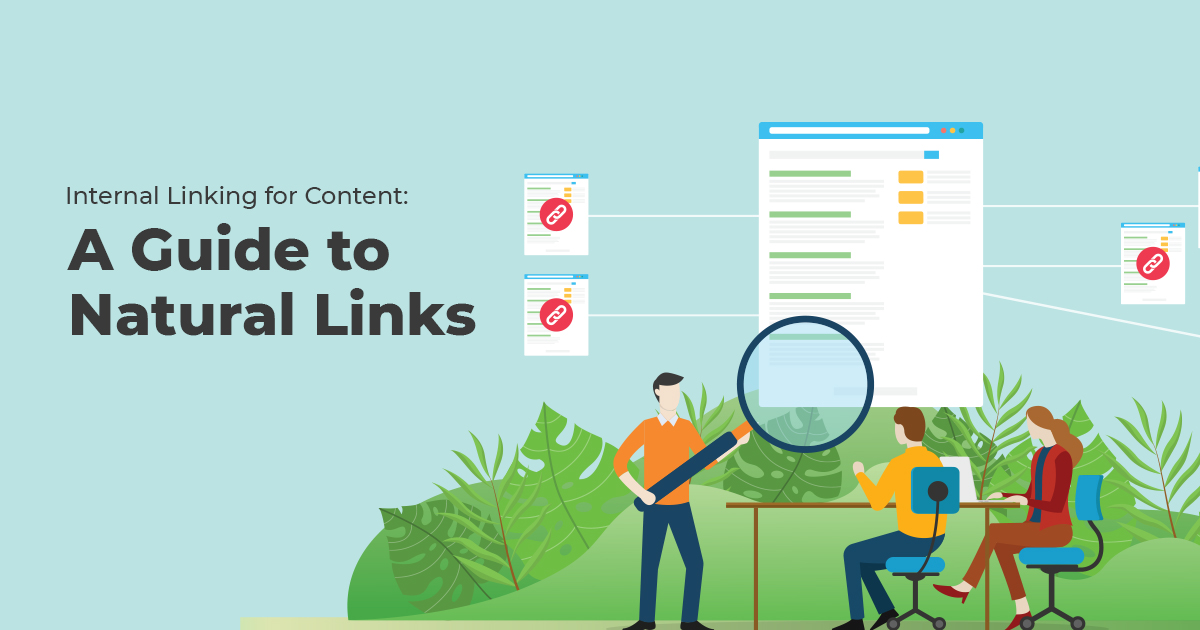
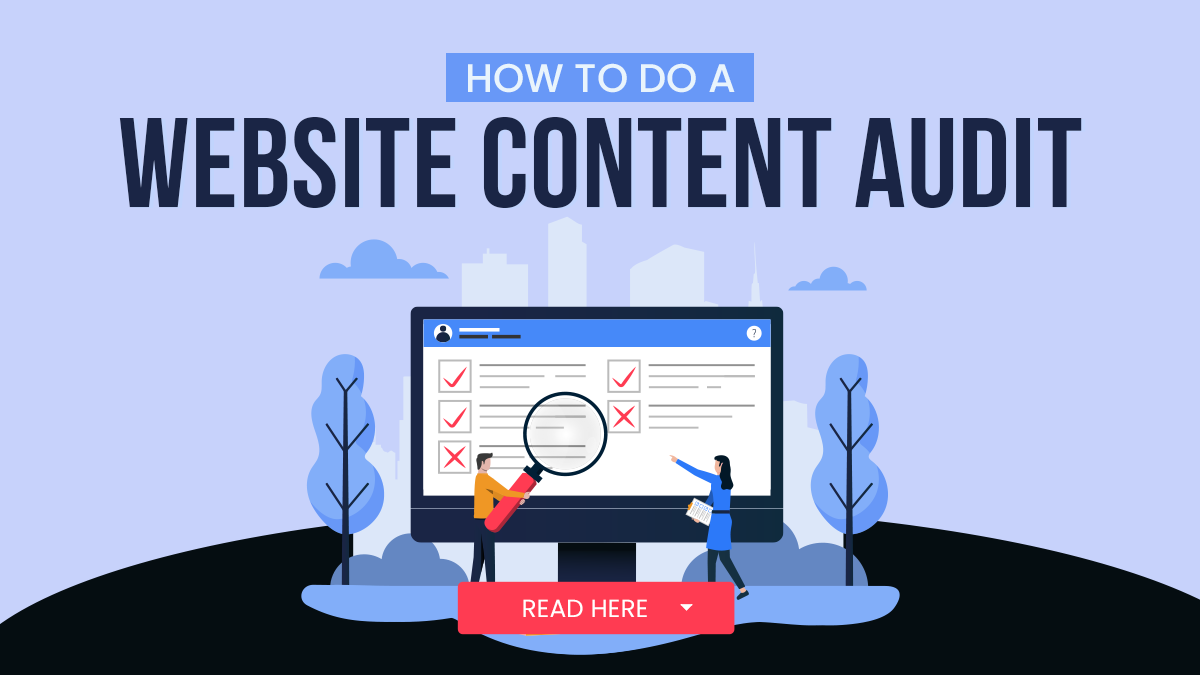










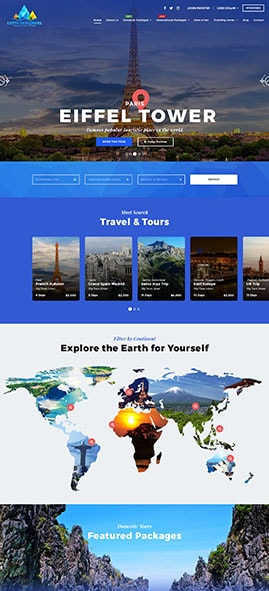
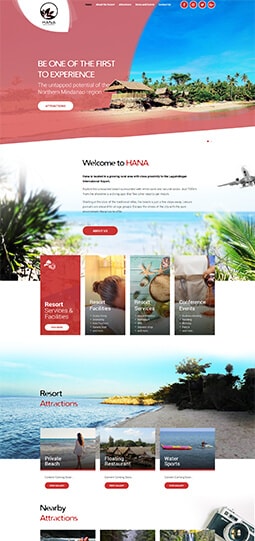

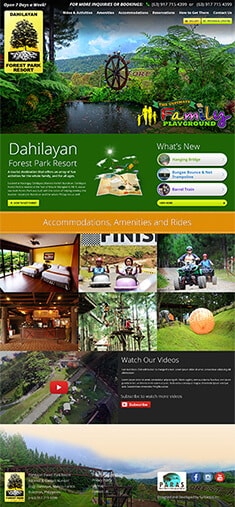

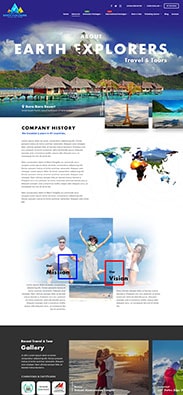

Comment 0